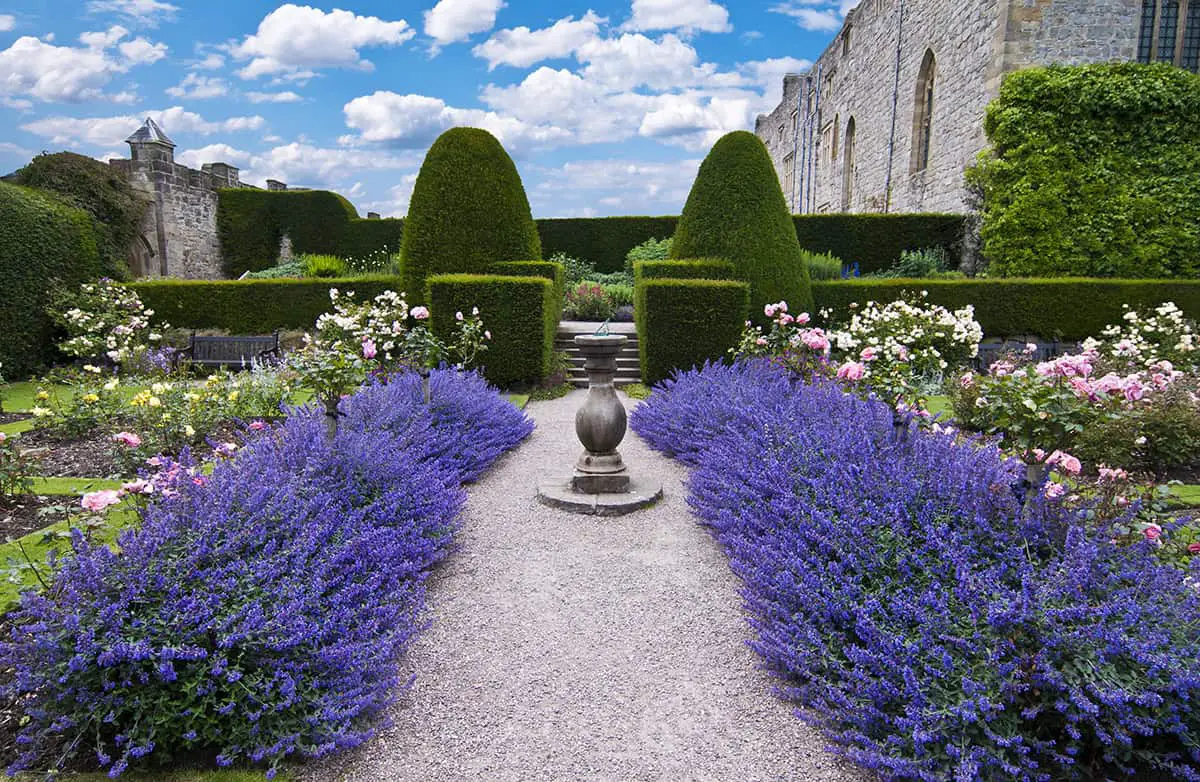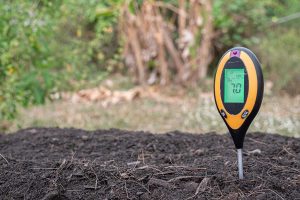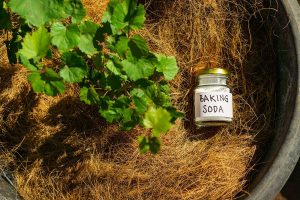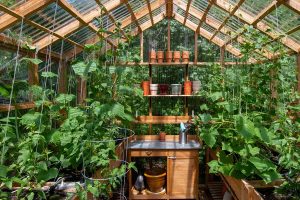You stroll past a neighbor’s yard and admire their beautiful lavender hedge, its fragrance wafting through the air. Inspired, you decide it’s time to add this charming feature to your own garden. Planting a lavender hedge is simpler than you might think and can transform your outdoor space into a serene, aromatic retreat. Here, we’ll learn the essential steps to create and maintain a thriving lavender hedge.
Table of Contents
Why You Should Plant Lavender Hedges
Lavender hedges offer many benefits, ranging from their beauty to practical uses in gardening and health. These advantages include aesthetic appeal, delightful fragrance, support for pollinators, low maintenance, and more.
Attractive Appearance

Lavender hedges enhance any garden. The bright purple blooms provide vibrant color, while the neat, bushy plants create a visually cohesive border. With proper care, they maintain a compact shape, making them ideal for edging paths and gardens. The silvery-green foliage adds greenery even when the flowers are gone. This combination makes lavender hedges a striking landscape feature.
Fragrance
Lavender is renowned for its fragrance. The scent is both calming and refreshing. Planting a lavender hedge brings this soothing aroma to your garden. The fragrance is strongest during the flowering period. Simply brushing against the plants releases the scent. This makes your garden a relaxing, sensory experience. Lavender’s essential oils can also be harvested to enjoy the fragrance indoors.
Pollinator-Friendly
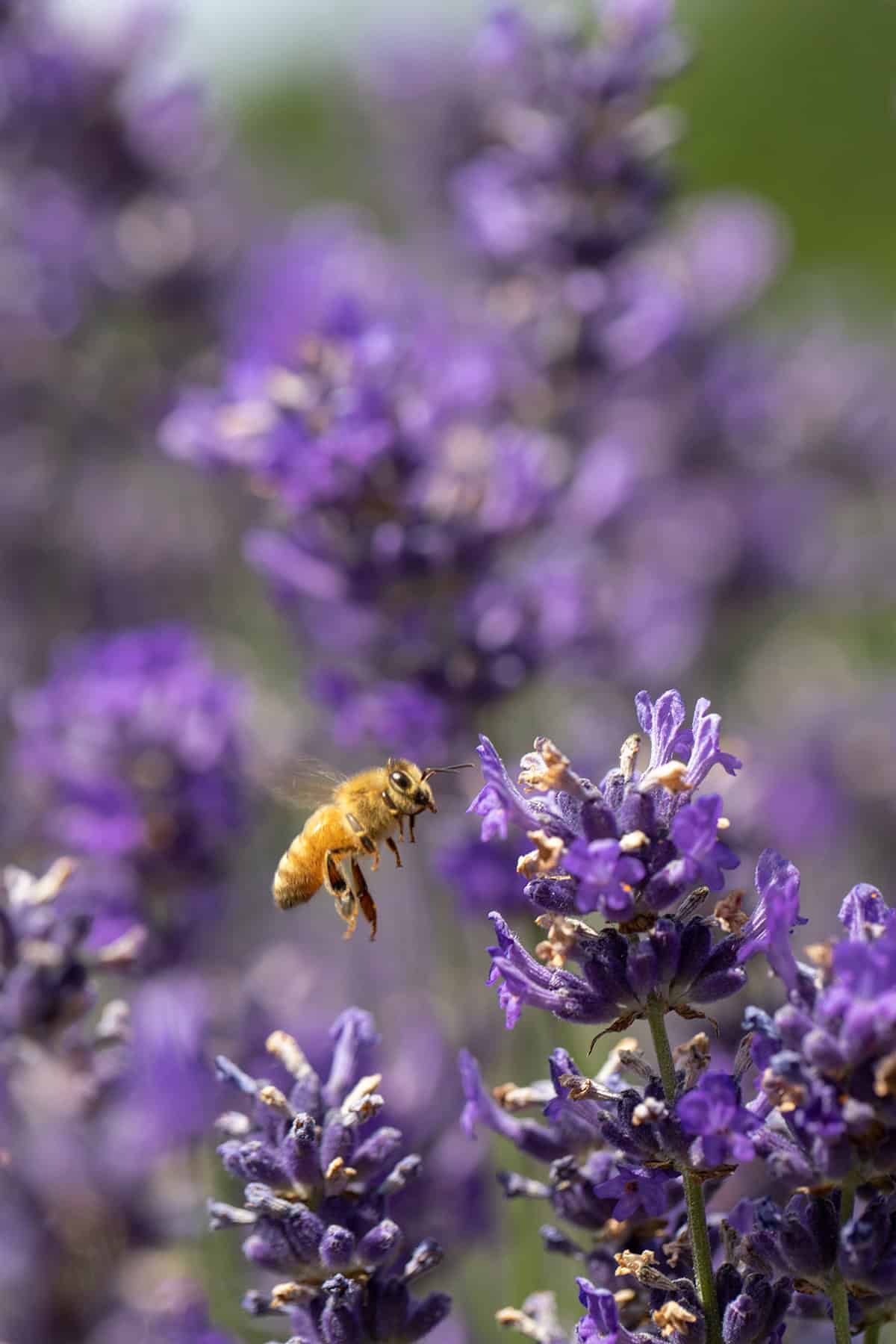
Lavender hedges attract pollinators. Bees and butterflies are particularly drawn to its blossoms. By planting a lavender hedge, you support local pollinator populations. These insects are crucial for pollination, benefiting your entire garden. The increased pollinator activity can enhance the health and productivity of other plants in your garden. Lavender’s long blooming season provides a reliable nectar source.
Low Maintenance
Lavender requires minimal care. It thrives in well-drained soil and sunny locations. Once established, it is drought-tolerant, needing infrequent watering. Regular pruning after flowering promotes healthy growth and maintains shape. Its pest resistance and ability to grow in poor soils further reduce the need for intensive care. This makes lavender hedges an excellent choice for gardeners seeking a low-effort yet rewarding plant.
Pest Deterrent
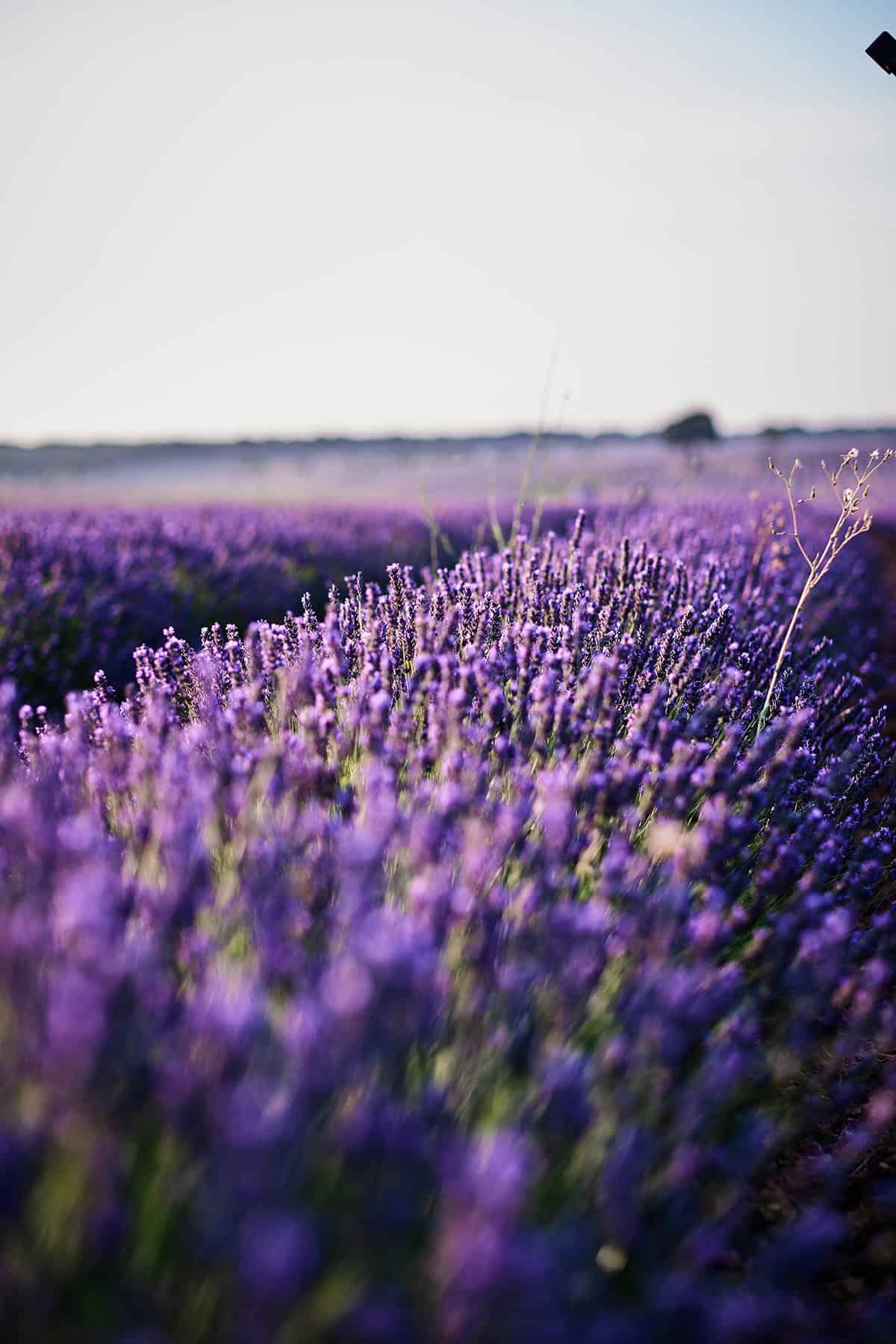
Lavender’s scent deters pests. Common garden pests like mosquitoes, ticks, and moths avoid lavender. This natural repellant quality reduces the need for chemical pesticides. Planting lavender hedges near vegetable gardens or sitting areas can help keep unwanted insects at bay. This not only protects your plants but also makes outdoor spaces more comfortable for you to enjoy.
Versatility
Lavender hedges are versatile in landscape design. They can serve as formal borders or informal, cottage-style plantings. Lavender can be used in large gardens as well as small urban spaces. The plant’s adaptability to different styles and settings makes it a flexible choice. You can shape it to fit a structured look or let it grow more freely for a natural appearance.
Culinary Uses
Lavender can be used in cooking. The flowers and leaves add a unique flavor to dishes, and they can be incorporated into baked goods, teas, and savory recipes. Lavender sugar or honey makes a fragrant addition to desserts. Culinary lavender must be used in moderation to avoid overpowering flavors. Adding a culinary variety to your hedge allows you to experiment with these delightful tastes.
Medicinal Properties
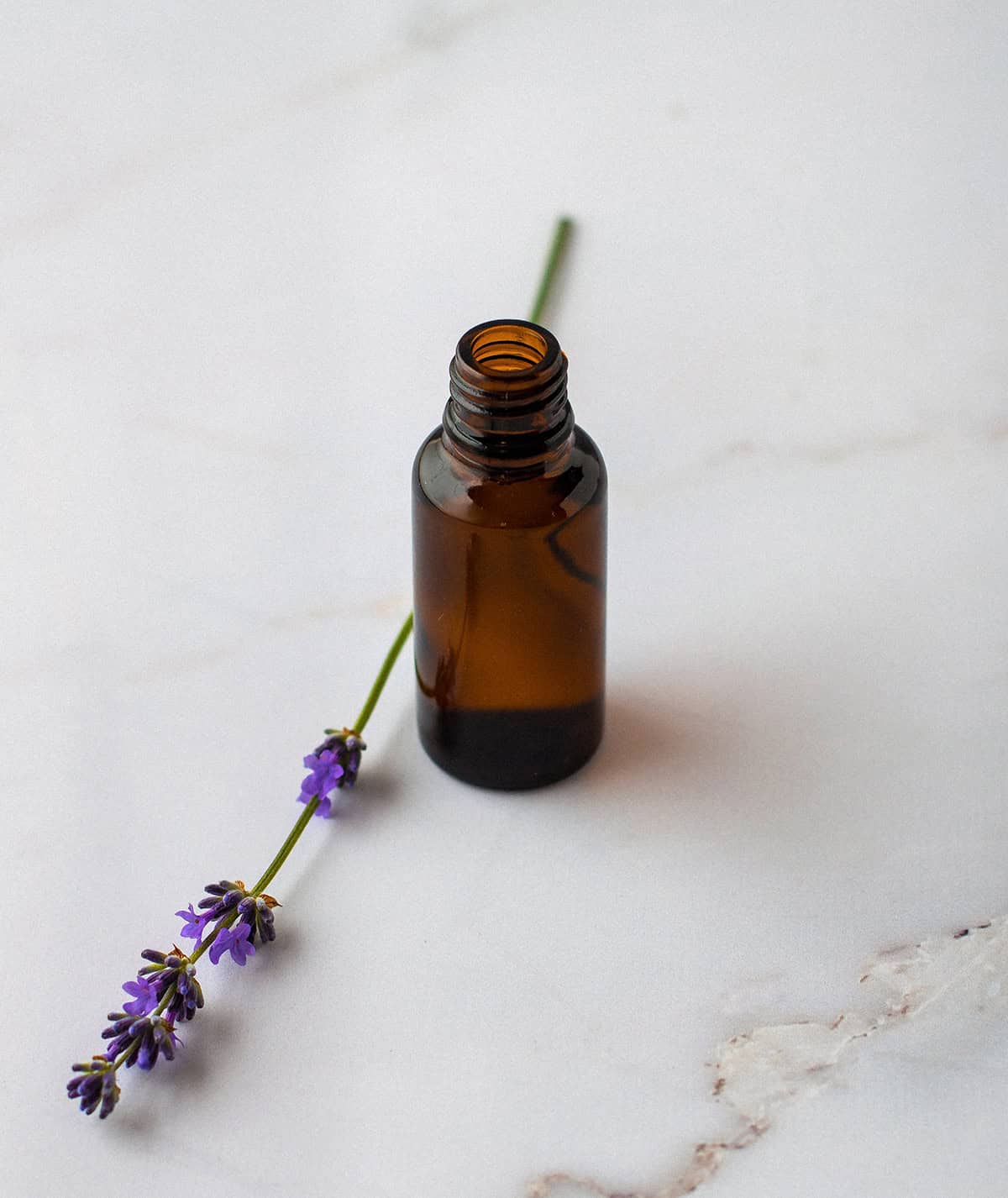
Lavender has medicinal benefits. It is known for its calming and soothing properties. Lavender’s essential oils are often used in aromatherapy to reduce stress and anxiety. Infusions and poultices can help with minor burns and insect bites. The plant’s properties can contribute to your overall well-being. Having a lavender hedge allows easy access to this natural remedy.
Erosion Control
Lavender hedges can help with erosion control. Its robust root system stabilizes soil, making it effective on slopes and banks prone to erosion. Planting lavender hedges in these areas can prevent soil loss and improve the landscape’s stability. Its ability to thrive in poor soils also makes lavender suitable for challenging gardening spots.
How to Plant a Lavender Hedge
Select the Right Species
Choose English lavender (Lavandula angustifolia) for its hardiness and pleasant scent.
Prepare the Soil
Lavender prefers well-drained, sandy loam soil with a pH of 6.5 to 8. Add lime if the soil is too acidic.
Choose a Sunny Location
Ensure the site receives full sunlight for at least six hours a day.
Space the Plants
Place plants 12 to 18 inches apart to allow for growth and air circulation.
Planting
Dig holes deep enough for the root ball, position the plants, and fill with soil, keeping the base of the stem level with the ground.
Watering
Water immediately after planting and keep the soil lightly moist until the plants are established, avoiding over-watering.
Pruning
Prune regularly in spring to shape, avoiding cutting back more than one-third of the plant at a time.
Planting from Cuttings
Take a vegetative stem, remove lower leaves, dip in rooting hormone, plant in moist potting soil, and let roots form before transplanting.
Maintenance
Replace plants every ten years to maintain the hedge’s health and appearance.
Variation
Consider using Spanish lavender for different colors and fragrances, suitable for gardens and containers.
